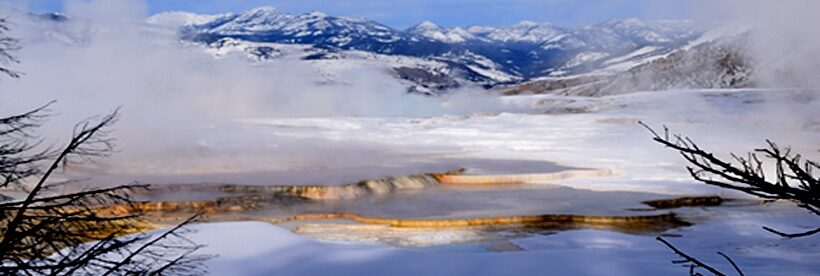
Volcanic stratigraphy is hard to ignore when touring through the Teton to Yellowstone National Parks (YNP) area. Three major volcanic eruption cycles occurred during the last 2.1 million years and resulted in hundreds of feet of volcanic rock. The eruption cycles make a good basis for separating the volcanic rock units and consequently there are three major volcanic stratigraphic units. These major units consist of ash-flow tuffs that erupted at the peak of each cycle and include the Huckleberry Ridge Tuff with an age of 2.1 million years, the Mesa Falls Tuff with an age of 1.3 million years, and the Lava Creek Tuff with an age of 0.64 million years.
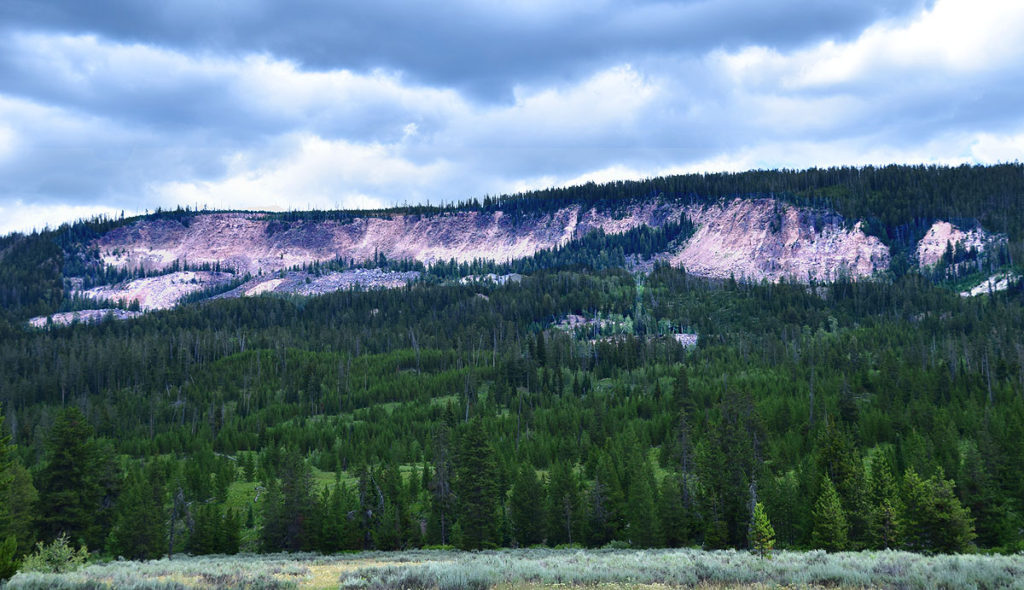
The type sections of the Huckleberry Ridge Tuff and the Mesa Falls Tuff are fairly accessible. The Huckleberry Ridge Tuff type section sits at the head of a large landslide about 1.5 miles south of the YNP’s south gate and 1 mile northeast of the Snake River Bridge. It’s a big landslide, so it’s easy to spot from the highway. The type section mainly contains welded rhyolitic ash-flow tuff. This huge eruptive event (one of the five largest individual volcanic eruptions worldwide) associated with the Huckleberry Ridge Tuff formed a caldera more than 60 miles across.
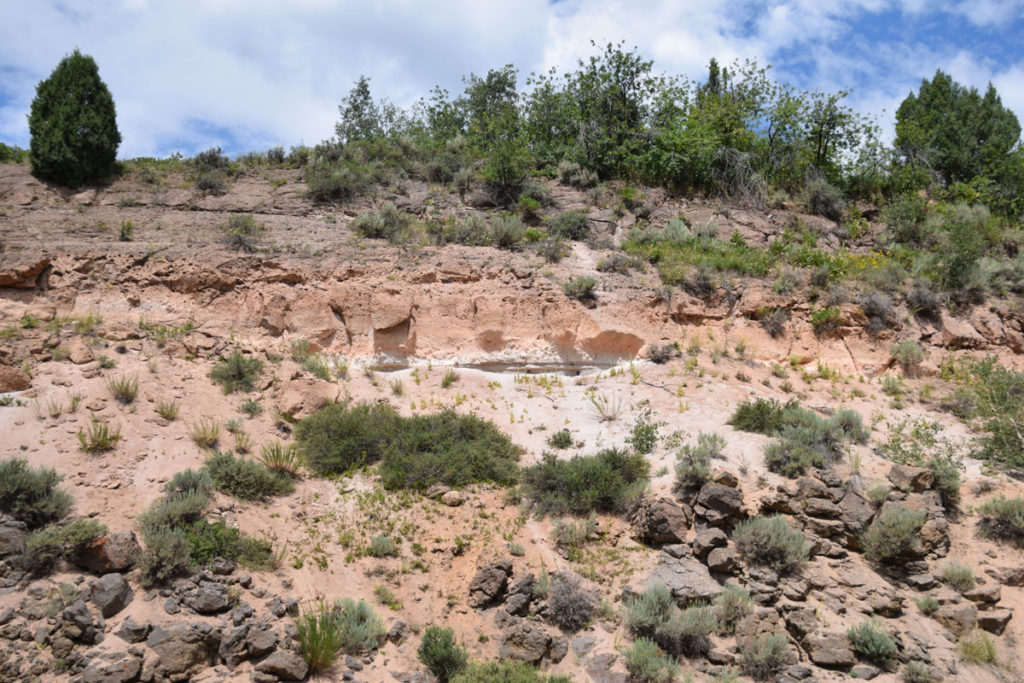
The Mesa Falls Tuff type section is really accessible as it is alongside Highway 20, about 3 miles north of Ashton, Idaho. The type section consists of airfall tuff, partially welded tuff that has an agglomeratic base. The eruption associated with the Mesa Falls Tuff formed the Henrys Fork Caldera which is in the Island Park area west of YNP.
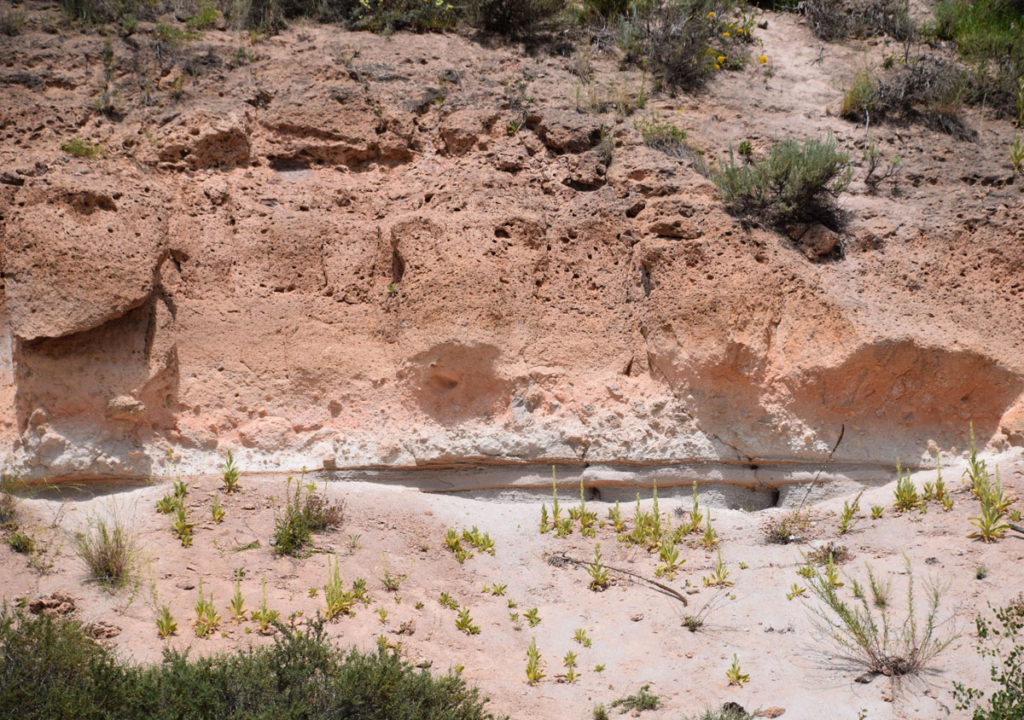
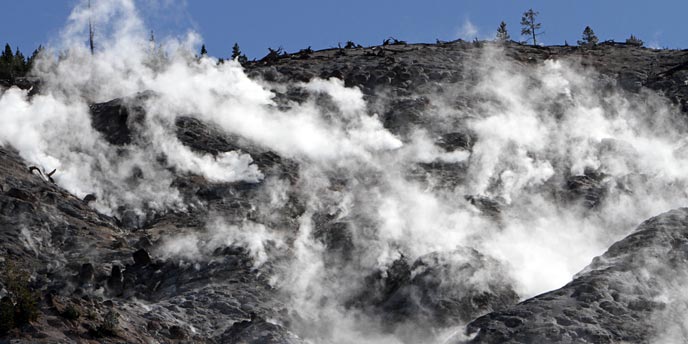
The Lava Creek Tuff type section is much more difficult to access as its type section in the upper canyon of Lava Creek, about 8 miles into the backcountry of YNP. There are a couple reference sections that are easier to reach, and one is in Sheepeater’s Canyon, about 0.5 miles northeast of Osprey Falls. The Lava Creek Tuff is also readily seen in the south-facing cliffs along much of the Gibbon River. The eruption associated with the Lava Creek Tuff created the Yellowstone Caldera, the 35-mile-wide, 50-mile-long volcanic depression that dominates the present YNP landscape.
There are many more volcanic units associated with the three major eruptive cycles. But spending time looking at the major ash-flow tuff units is a good way to begin to delve into Yellowstone geology.
